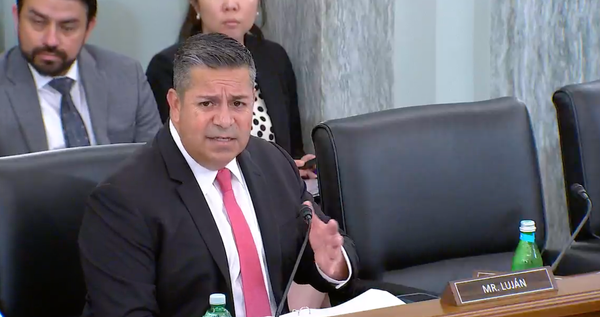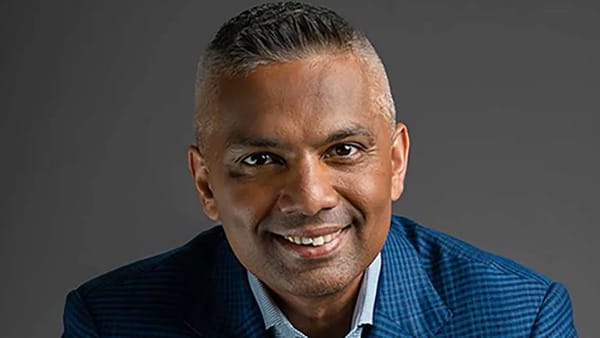New York State Challenges Broadband Map, FCC in Space, Examining the Tribal Broadband Gap
Gov. Kathy Hochul touted New York’s new broadband map as the key to the state’s participation in the challenge process.

November 4, 2022 – New York has submitted more than 31,500 addresses to challenge the Federal Communications Commission’s broadband-mapping data, Governor Kathy Hochul announced Monday.
Hochul touted New York’s new broadband map as the key to the state’s participation in the federal challenge process. The state map was released earlier this year.
“Thanks to our first-of-its-kind broadband mapping tool we have a clearer picture than ever about New York’s broadband needs, and we are better able to advocate for federal funding and program support to fill those gaps,” she Hochul.
A lot rides on the accuracy of the FCC’s national broadband map. Based on relative need as shown by its data, the National Telecommunications and Information Administration will apportion among the states $42.45 billion from the Broadband Equity, Access, and Deployment fund. If the number of unserved in a state are underrepresented on the map, that state will receive less BEAD funding.
To correct for inevitable errors, the FCC allows states, local communities, and other stakeholders to challenge the map’s initial data.
“As we look to make broadband more affordable, accessible, and equitable, accurate maps are essential for the proper allocation of federal funding,” said Hope Knight, president, CEO, and commissioner of Empire State Development, New York’s economic development agency. “New York State’s broadband mapping project provides clear and straightforward data on the State’s digital infrastructure and, by aligning the FCC maps with ours, we will ensure New York gets its fair share of federal dollars so every New Yorker has access to the internet when and where they need it.”
Yes, the FCC is trying to expand its authority in space, says TechFreedom
The Federal Communications Commission’s newly announced space bureau will likely act beyond the agency’s statutory remit despite Chairwoman Jessica Rosenworcel’s statements to the contrary, said TechFreedom in a Friday press release.
Rosenworcel announced the new bureau Thursday, saying a dedicated space office would help the FCC “perform[] existing statutory responsibilities better” – not add new ones.
But TechFreedom questioned the accuracy of Rosenworcel’s statement:
“This development, coupled with the ongoing proceedings for In-space Servicing, Assembly, and Manufacturing, indicates that the FCC is moving toward regulating much more than spectrum,” the think tank wrote.
“The problem, however, is that the FCC appears to want to play a larger role in space than just being the spectrum traffic cop,” said James E. Dunstan, general counsel at TechFreedom. “The Commission has no statutory authority to regulate operations and activities conducted on-orbit, outside of their role in spectrum allocation and licensing, and somewhat questionable authority to require satellite communications systems to abide by orbital debris mitigation requirements.”
The Commission set a five-year limit for the removal of low–earth orbit satellite debris in September.
Tribal broadband gap closing, new study shows
The disparity in broadband access between Tribal and non-Tribal census tracks shrank from 2014–2020, says a study from the Phoenix Center released Thursday.
In his research, Phoenix Center Chief Economist Dr. George S. Ford reviewed the FCC’s Form 477 data from the six-year period to determine the success of targeted government attempts to close the “Tribal Gap.”
“These results are encouraging and suggests efforts to close the Tribal Gap are meeting with some success, though many factors that determine deployment largely are beyond regulatory remedy (e.g., population density),” the study says.
The study does not address the absolute availability of broadband on tribal lands, Ford notes. Instead, he concludes, “These results simply demonstrate that the difference in availability between Tribal and non-Tribal areas is shrinking and that this difference is mostly explained by a few demographic characteristics.”









